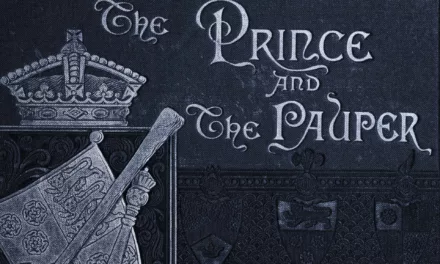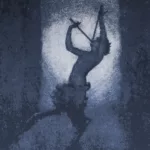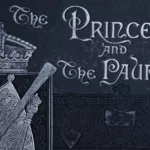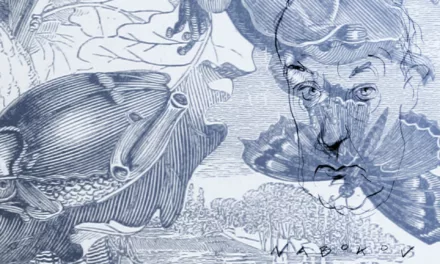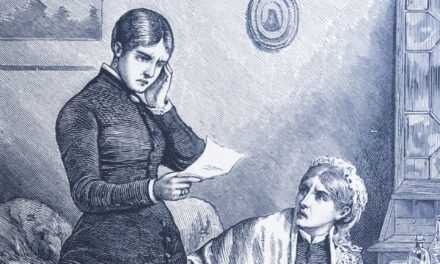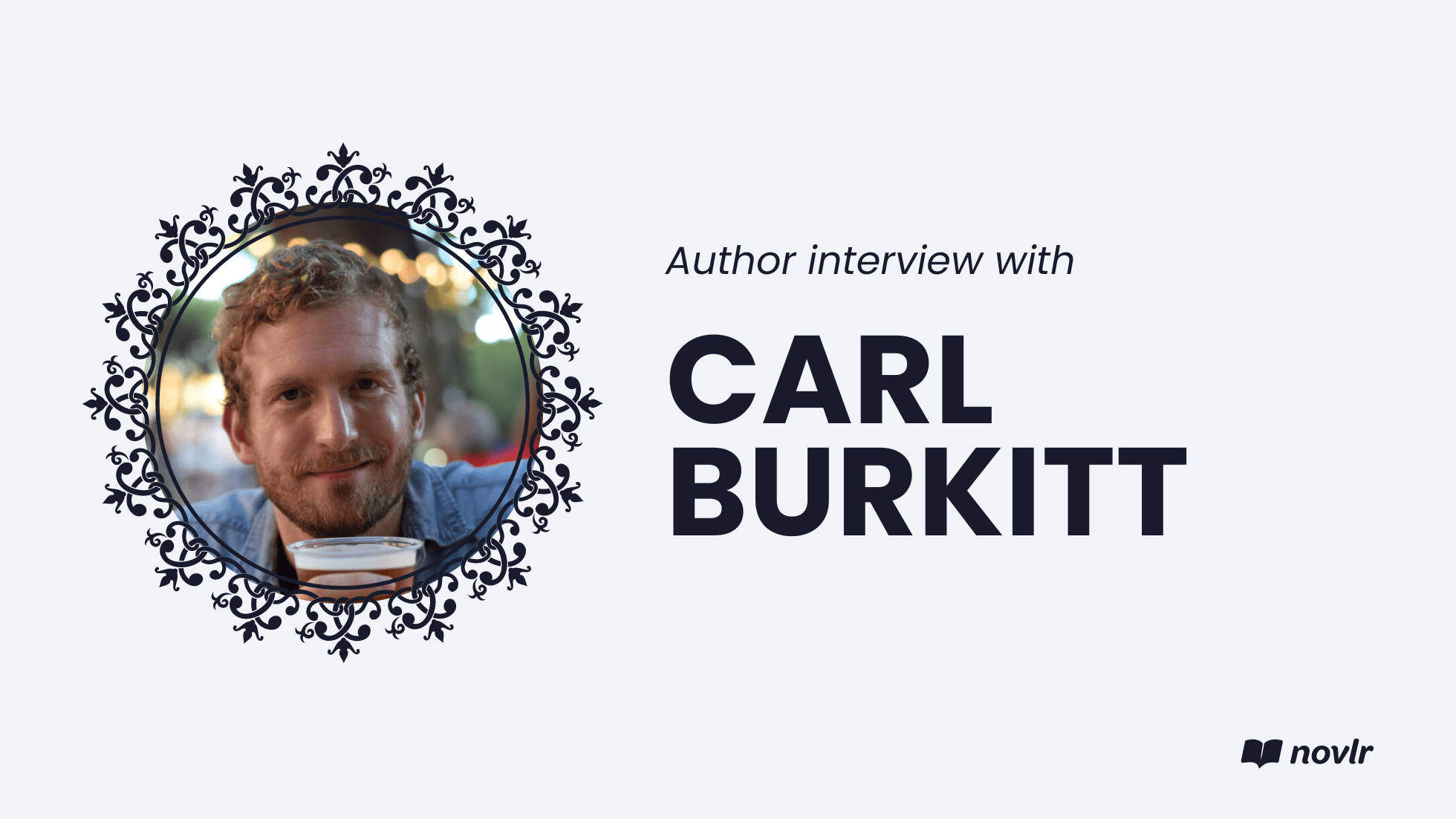
Writing Your Way Into Conflict

Conflict is the fuel that keeps the engine of your story running. When we say “conflict,” we are not talking about plot, or rising and falling action, or any part of the story’s structure. Instead, conflict is struggle within a scene. It’s that uncomfortable tension both the characters and the readers can feel.
What is conflict?
Conflict, in its simplest form, comes from a character wanting something they cannot immediately have. Maybe it’s an opponent working against them, like another boxer in the ring trying to knock them out. It could be an environment keeping a goal out of reach, like a rock face too steep to climb or a river too swift to cross. Or it could be the characters wrestling with their own thoughts and emotions, like being desperate to leave their apartment but paralyzed by a fear of open spaces.
Conflict often spurs confrontation where something (or someone) needs to be dominated, defeated, or overcome.
Why is conflict necessary?
Without conflict, books read more like travelogues, where sightseers recount the picturesque landscape, the good food, or a pleasant stroll by the ocean. To make stories exciting, character conflict is unavoidable.
How your characters attempt to overcome their challenges is what makes your story compelling. And when your characters are under stress, brought on by conflict, they make mistakes, they fail, and they learn lessons that can help them change. So, to ensure a gripping narrative, seek out conflict by adding complications to your characters’ efforts.
Let’s begin a story about a married couple who wants to buy a house. A straightforward complication is that they don’t agree on the type of house to buy, the location, or the price. Maybe they aren’t equal in their desire to buy, with the wife being content to rent while the husband, eager to settle down and start a family, sees this purchase as the last great hurdle before getting pregnant. This disagreement may bubble below the surface until it boils over into arguments. And, when they argue, on the surface, it may be that the house doesn’t have enough bathrooms, but below the surface, they are really arguing about starting a family. The conflict shows us their relationship may be in trouble.

What type of conflicts are there?
While there are many models for conflict, with disagreements on how many categories and subcategories exist to create the tension your story needs, I prefer to align with Aristotle and stick to the basic three (with updated nomenclature). The only categories I need are Characters vs. Themselves, Characters vs. their Environment, and Characters vs. Others. Using Aristotle’s broad categories helps me simplify the process of selecting quality obstacles to boost conflict for my main characters.
I like to use the following “easy button” methods to generate conflict in my initial drafts:
Set up opposing forces
The first is to set up forces in polar opposition. If your main character is a good person, face them off against something your story paints as pure evil, like a secret society, a government, or that clique of popular kids. If your main character is rich, confront them with grifters or shady businesses aiming to steal their money. If your main character has a moral code they won’t betray, pit them against enemies with a too-good-to-be-true offer and a take-no-prisoners attitude.
All these examples can generate ready-made tension just by juxtaposing competing world views, moral codes, or socioeconomic standings.
Take something away
The second tactic is to take something essential away from the main character and watch them struggle to get it back. It could be as literal as Liam Neeson’s kidnapped daughter in the film TAKEN, or the throne of Japan in the Oscar-winning film THE LAST EMPEROR.
When the essential thing is taken away, you are left with perhaps terror and fear, like in the movie ALIEN, or with an immediate risk of eternal damnation in the Dickens classic A CHRISTMAS CAROL. Ripley’s attempts to reach safety from the alien or Scrooge’s desperate battle to save his own soul are compelling because they are life-and-death struggles with high stakes and tons of conflict in each scene.
Write a complementary antagonist
The final “easy button” tactic is to match your main character with a complementary antagonist, a villain who excels at the precise skills needed to undermine your hero’s strengths. Darth Vader vs. Luke Skywalker, Hans Gruber vs. John McClaine, or The Joker vs. Batman are each compelling matchups where both characters are dangerous to each other, making them worthy adversaries.

These easy button conflicts can serve as powerful tools for writing your way into the real narrative. As you build out the perfect villain, for example, you may discover a new approach that is more compelling, less comic book or on the nose. And feel confident to explore anything that arises in your initial drafting, even if it runs counter to your scripted outline. Conflict must arise from characters, so trust them to tell you when your clever obstacle is or is not threatening something essential, even if you don’t immediately understand why.
When applying Aristotle’s three types of conflict, ask yourself these questions: Should there be a person in this scene to actively work against the main character? Should the environment be hostile to the main character, whether a natural obstacle like a storm or a technology they cannot use or a social pressure making them feel like they don’t belong? Should the main character be showing doubt, timidity, risk aversion, weakness, or any self-inflicted negative thinking?
Saying “yes” to conflict scene after scene creates a tense and compelling narrative, a white-knuckled roller coaster, and a page-turner for your lucky readers.


